

— Case —
—Products—
 Consumer hotline +8618073152920
Consumer hotline +8618073152920 WhatsApp:+8615367865107
Address:Room 102, District D, Houhu Industrial Park, Yuelu District, Changsha City, Hunan Province, China
Time:2025-10-18 15:16:34 Popularity:494
Explore the practical application case of Niubol's multi-functional automatic weather station in Bangladesh, and understand the important roles of wind speed, wind direction, temperature and humidity, pressure, rainfall, and solar radiation sensors in local agriculture and scientific research.
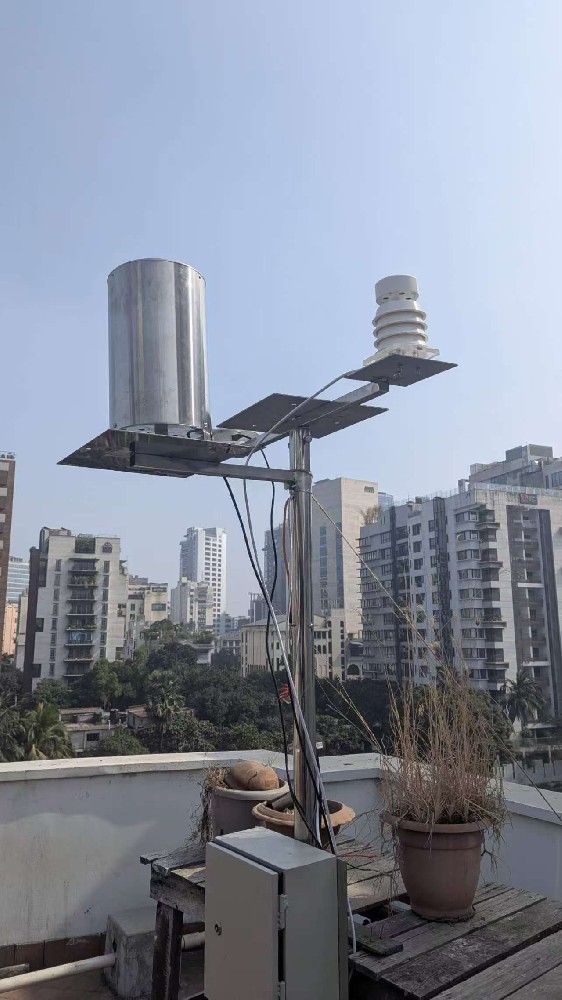
Bangladesh is located in South Asia, situated in the delta region of the Ganges, Brahmaputra, and Meghna Rivers. It is a typical tropical monsoon climate country with long rainy seasons, high humidity, and distinct wet and dry seasons. The average annual rainfall exceeds 2,000 millimeters, and typhoons and floods occur frequently. Dramatic climate changes directly impact agricultural yields, infrastructure safety, and ecological environments.
Approximately 70% of Bangladesh's workforce is engaged in agriculture, which is highly dependent on climate. For a long time, local meteorological monitoring equipment has been insufficient, with most areas still relying on traditional manual observations or outdated instruments. Data is discontinuous and imprecise, making it difficult to support modernized agriculture and meteorological research needs.
In this context, the Niubol weather station was introduced into an agricultural research and climate monitoring project in Bangladesh to achieve real-time, automatic, and continuous environmental parameter monitoring. This helps research institutions and farmers grasp weather change trends, optimize irrigation and planting strategies, and enhance disaster warning capabilities.
This project adopts Niubol's latest generation automatic weather station system. The entire system is centered on a modular design, supporting multi-sensor integration, low-power operation, and wireless data transmission.
1. Wind Speed Sensor (Anemometer)
2. Wind Direction Sensor (Wind Vane)
3. Atmospheric Temperature, Humidity, and Pressure Sensor (Temperature, Humidity & Barometric Pressure Sensor)
4. Rainfall Sensor (Rain Gauge)
5. Solar Radiation Sensor (Solar Radiation Sensor)
These sensors form a complete meteorological monitoring system capable of automatically collecting environmental data 24 hours a day. Data is uploaded in real-time to the cloud platform via a 4G module, enabling remote monitoring and data visualization.
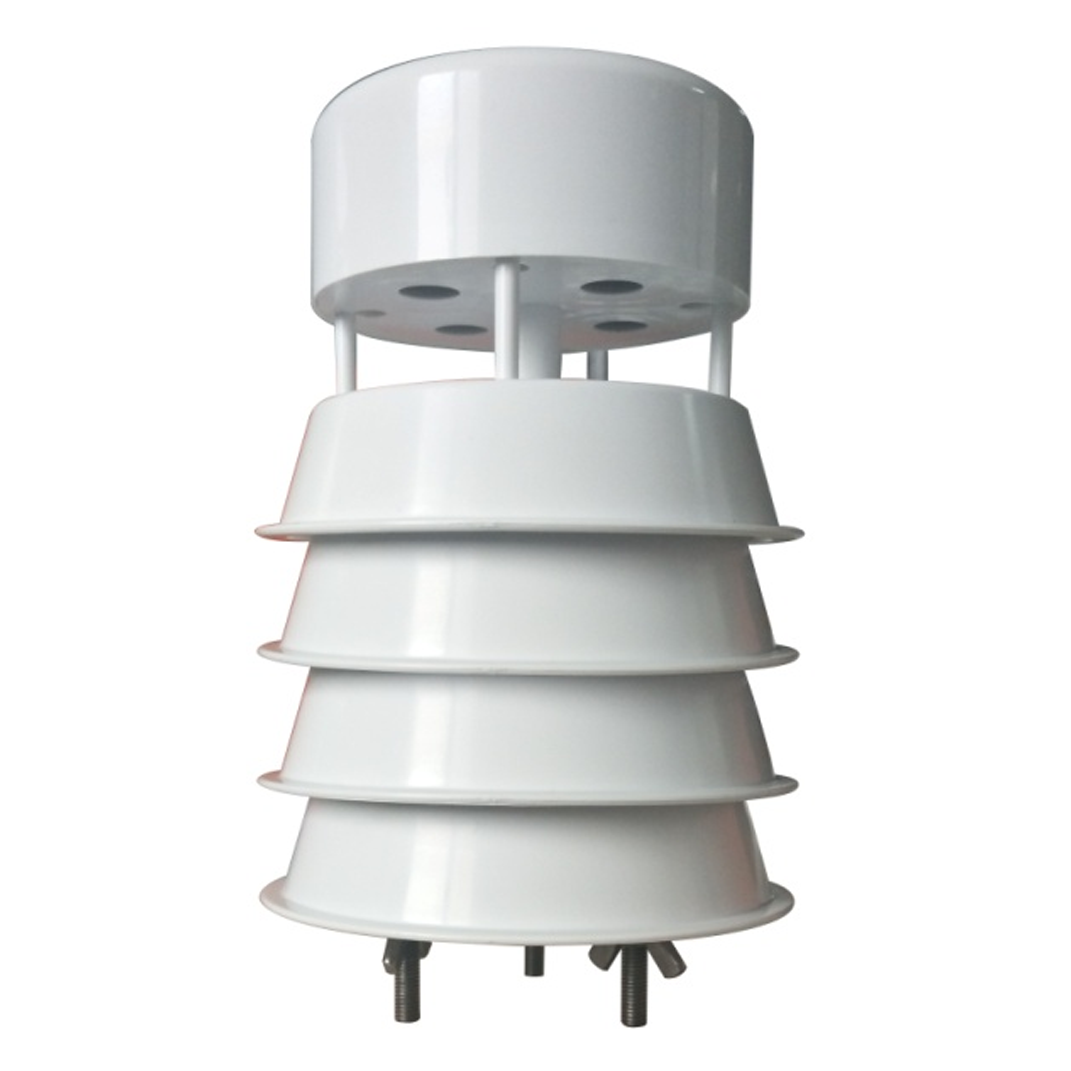 | 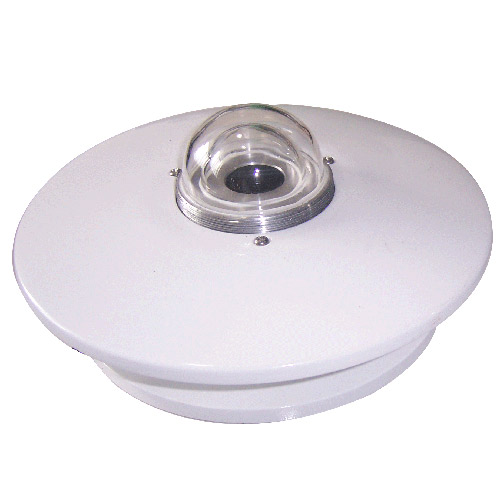 | 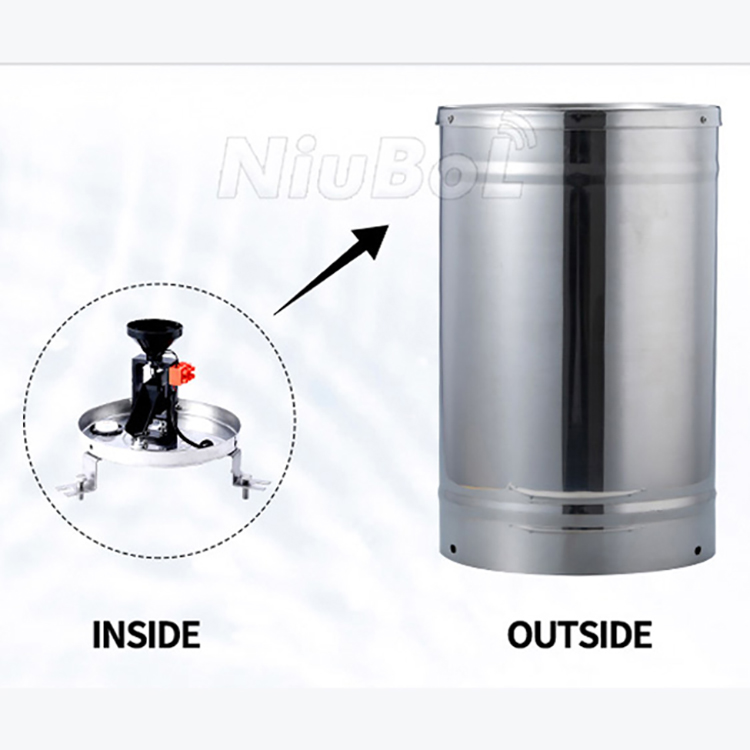 |
| 5 in1 Ultrasonic weather stations | Solar Radiation Sensor | Rain gauge |
The Niubol wind speed sensor uses high-precision Hall effect or ultrasonic measurement principles to quickly respond to instantaneous wind speed changes, with a measurement range of 0–60 m/s.
Functions:
- Analyze wind speed change trends to provide data support for agricultural wind protection and typhoon prevention;
- Guide wind power generation, greenhouse ventilation control, and sprinkler system scheduling;
- Provide early warnings for strong wind risks in disaster monitoring.
The wind direction sensor is typically used in conjunction with the wind speed sensor to determine wind flow direction. The Niubol wind direction sensor employs precision magnetoresistive encoding technology, featuring strong anti-interference capabilities and stable output.
Functions:
- Analyze the impact of wind direction on rainfall, temperature, and pest spread;
- Assist in climate model prediction and regional meteorological research;
- Guide pesticide spraying and greenhouse exhaust directions.
Niubol's atmospheric comprehensive sensor uses imported Swiss probes to ensure high stability and long-term consistency of temperature, humidity, and pressure data.
Functions:
- Real-time monitoring of air conditions to assess crop growth environments;
- Analyze pressure changes to predict short-term weather trends;
- Serve as foundational parameter inputs in agricultural meteorological models to improve prediction accuracy.
In Bangladesh's hot and humid climate, precise temperature and humidity data can help farmers rationally adjust irrigation volumes and select appropriate planting times, thereby significantly increasing yields.
The Niubol tipping bucket rainfall sensor precisely records rainfall amounts through each "tipping" action, featuring high sensitivity and low maintenance.
Functions:
- Record precipitation amounts and distribution;
- Provide data support for flood monitoring, irrigation management, and agricultural forecasting;
- Integrate with meteorological models for real-time warnings of heavy rainfall events.
In Bangladesh, rainfall data is particularly crucial—it directly relates to paddy field water management, flood prevention, and urban drainage system optimization.
The Niubol solar radiation sensor is based on thermopile or photoelectric principles, precisely measuring solar radiation intensity (W/m²).
Functions:
- Analyze the impact of light on crop photosynthesis;
- Estimate evapotranspiration rates to assist in irrigation decisions;
- Guide solar equipment layout and energy efficiency analysis.
In Bangladesh, solar radiation data is also used for agricultural research, climate modeling, and clean energy assessments.
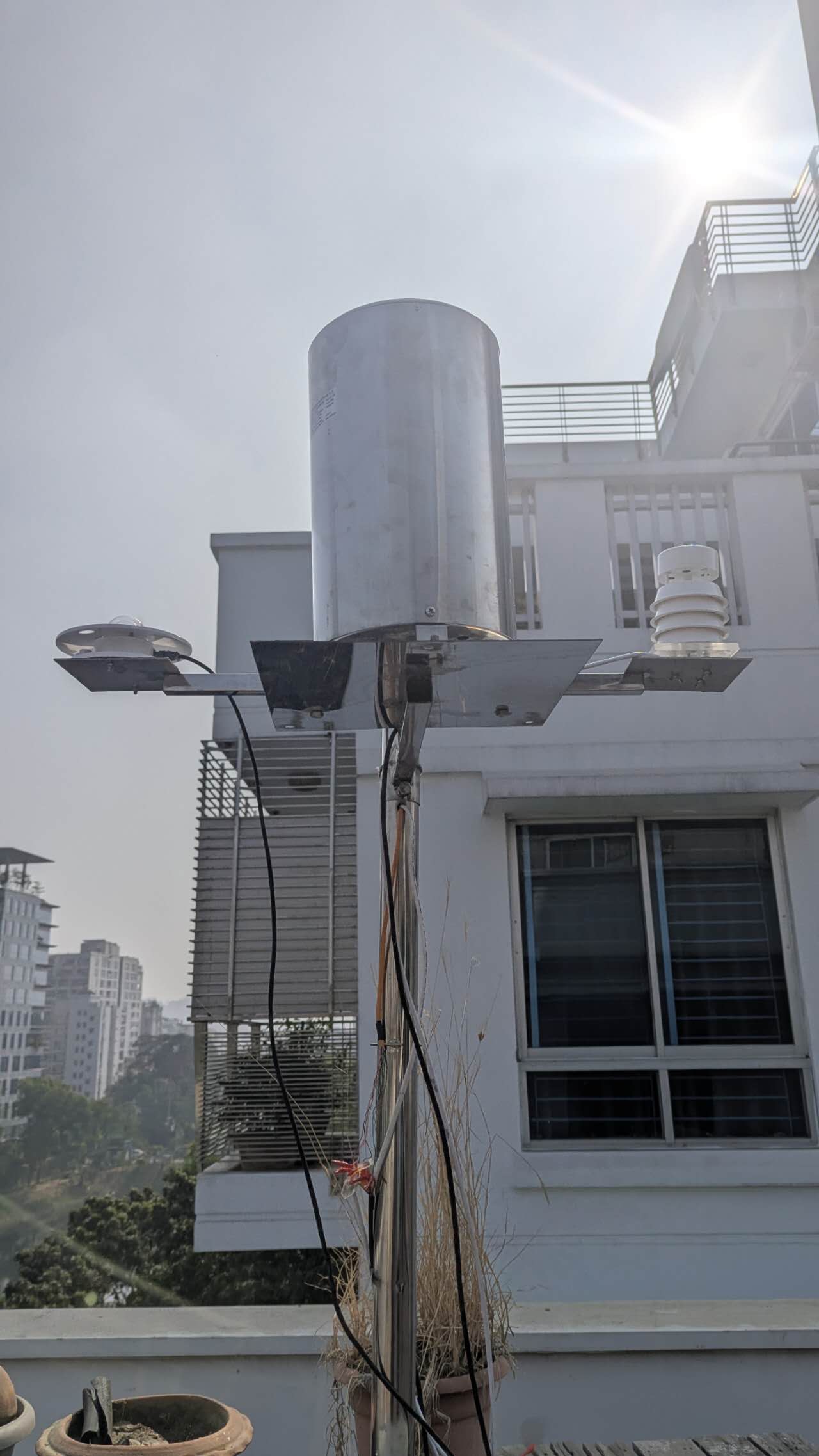
To adapt to Bangladesh's high humidity, high temperature, and heavy rainfall environment, the Niubol team implemented localized reinforcement designs for the equipment:
- The enclosure protection rating reaches IP65 or above, ensuring stable operation of sensors under heavy rain or strong winds;
- The power supply system uses a solar + lithium battery dual-power mode to guarantee continuous operation;
- Data transmission employs 4G/GPRS networks, enabling real-time uploads even in areas without wired networks;
- Researchers can view curves, trends, and historical data in real-time via web pages or mobile apps.
- Smart irrigation systems (Smart Irrigation);
- Flood and climate disaster warning systems;
- Solar resource assessment and microgrid projects;
- Campus meteorological education and research experiment platforms.
These directions will help Bangladesh gradually establish a sustainable meteorological data system and enhance agricultural resilience.
The deployment of the Niubol weather station in Bangladesh is not merely an equipment export but a practice of "intelligent cooperation."
Through automated data collection and cloud analysis, Bangladeshi researchers have gained unprecedented climate transparency. This real, continuous data is transforming agricultural management practices, making every irrigation, fertilization, and harvest more precise.
In the future, Niubol will continue to promote meteorological and environmental monitoring projects in different countries worldwide, providing solid data support for agriculture, scientific research, and climate action with more intelligent and reliable sensing technologies.
Prev:Application Case of Niubol 10m Weather Station in Mongolia
Next:Application of 5-in-1 Ultrasonic Integrated Weather Sensor in a Shanghai Factory
Related recommendations
Sensors & Weather Stations Catalog
Agriculture Sensors and Weather Stations Catalog-NiuBoL.pdf
Weather Stations Catalog-NiuBoL.pdf
Related products
 Combined air temperature and relative humidity sensor
Combined air temperature and relative humidity sensor Soil Moisture Temperature sensor for irrigation
Soil Moisture Temperature sensor for irrigation Soil pH sensor RS485 soil Testing instrument soil ph meter for agriculture
Soil pH sensor RS485 soil Testing instrument soil ph meter for agriculture Wind Speed sensor Output Modbus/RS485/Analog/0-5V/4-20mA
Wind Speed sensor Output Modbus/RS485/Analog/0-5V/4-20mA Tipping bucket rain gauge for weather monitoring auto rainfall sensor RS485/Outdoor/stainless steel
Tipping bucket rain gauge for weather monitoring auto rainfall sensor RS485/Outdoor/stainless steel Pyranometer Solar Radiation Sensor 4-20mA/RS485
Pyranometer Solar Radiation Sensor 4-20mA/RS485
Screenshot, WhatsApp to identify the QR code
WhatsApp number:+8615367865107
(Click on WhatsApp to copy and add friends)
